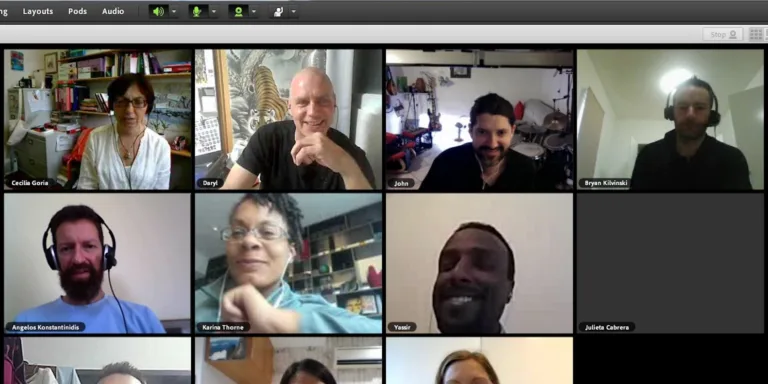The Importance of Being Present: Junior Staff & Face Time
In the ever-changing world of work, PricewaterhouseCoopers UK Chair Kevin Ellis emphasizes the importance of junior staff being physically present in the office. Face time is crucial, particularly as generative AI takes over tasks once performed by junior staff. Managing remote work has become a challenge for companies, with some corporate leaders advocating for increased office presence. Survey data suggests that remote employees may face professional consequences. The youngest members of the workforce, Gen Z, have varying opinions regarding office presence.








